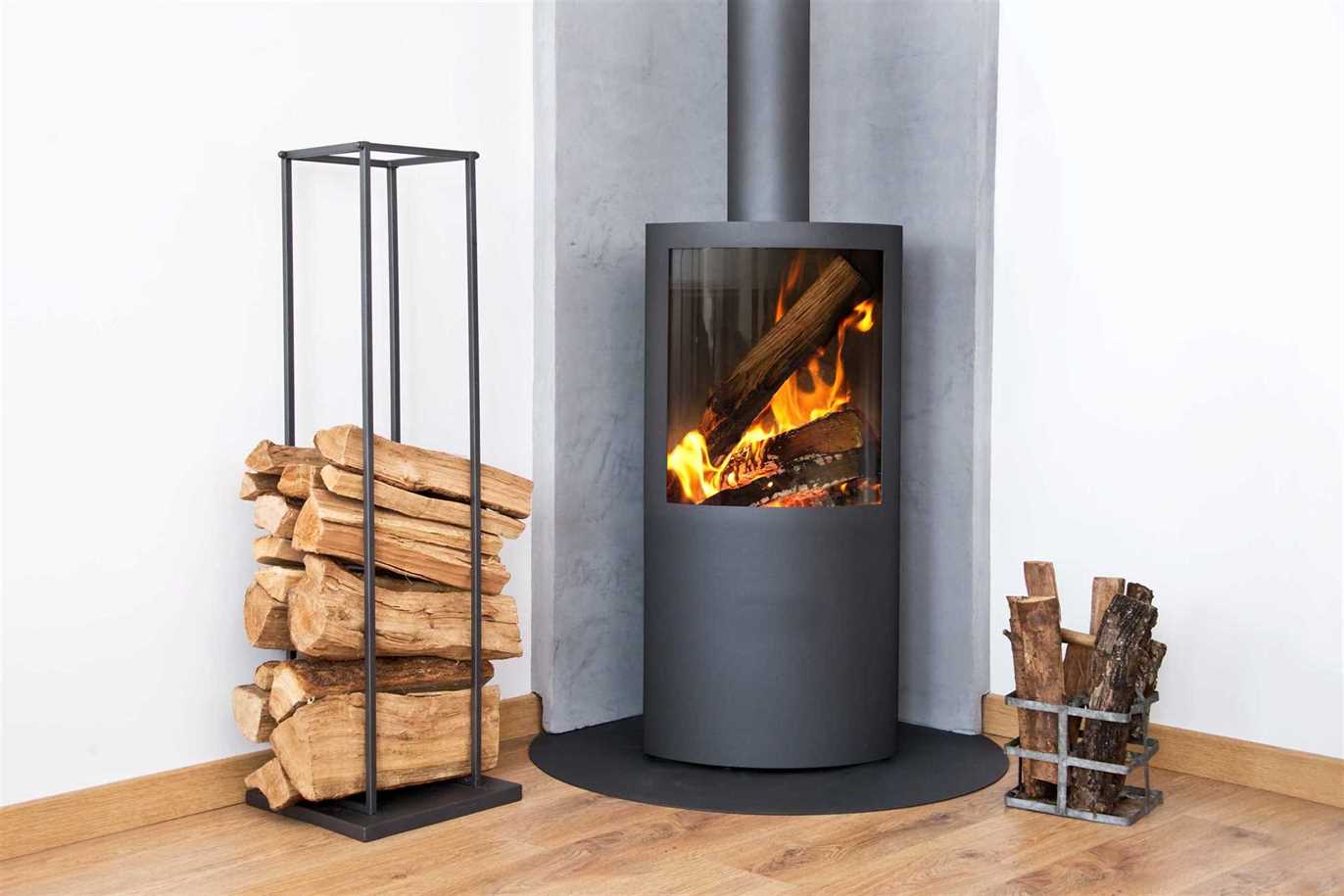There’s an ancient saying that wood warms you twice: when burning it, and when chopping it.
Perhaps, it’s old ancient saying that has made wood burning stoves gain popularity in the modern world. The wood burning stove was an invention of Europe in the 16th century. But it was not until 200 years later (industrial revolution period), that they became common. Because of wood shortage in Philadelphia, Benjamin Franklin, in the 1740s, sought to improve upon the open hearth. His invention was aptly named as the ‟Franklin stove.” It was a three-sided iron box that used only one-quarter as much fuel as did a fireplace.
First forward to today, and the wood-burning stoves have seen something of a renaissance. Modern homeowners looking for eco-friendly appliances are settling for wood burning stoves. What’s making wood burning stoves even more popular is that they have evolved over the years thus require less maintenance compared to the older models. Newer wood burning stoves operate at a greater performance of 80% compared to the old ranges. Property developers are actually drawing up new homes featuring wood burning stoves as a unique selling point. Again, not much can beat the look, feel, and smell of a wood fire, something homeowners are falling in love with all over again. Since they come in a variety of beautiful designs, the free-standing varieties make a decorative
accent to a room. You can have a modern and sleek stove to a rustic and traditional one depending on your preferences.
One huge advantage of wood burning stoves is the exceptional quality of heat the units gives off. Since wood stoves operate on the principle of radiant heat, they warm a space faster and more efficiently than would a home’s vent system. The powerful heat from a wood burning stove sends warmth in all directions as it radiates from all sides of the unit, the top included. Furthermore, wood costs less on BTU compared to electricity, oil or gas, which makes it an inexpensive fuel source. If you practice strategic zone heating in your home, you will end up saving hundreds of dollars in utility costs each year.
This said, a woodburning stove can either act as an addition to the central heating system, or a standalone room heater. As a complement to the central heating system, you can connect the wood stove to a boiler to heat water for your household needs. If your home lacks a centralized water supply, stoves that come with a water circuit will be an ideal option for your home since besides providing heat, they provide hot water too. To make the heating process in your home more cost efficient, you can establish a sophisticated network of heating systems which combines a wood burning stove, gas boiler and solar panels where you use your wood burning stove in winter and solar panels in either summer.
Before purchasing a wood burning stove, you first need to establish ample storage space for the bulky fuel. If you plan on using logs, you will need enough dry space to store the wood boles. Three to four cubic meters will be sufficient for storage. For safety purposes, installation of wood burning stoves should adhere to certain regulations and local area codes. Again, like any other appliances, wood stoves will need regular maintenance. Leave these two roles to a well- experienced Winnipeg stove repair technician who understands what rules and regulations to abide by when installing a wood burning stove.

